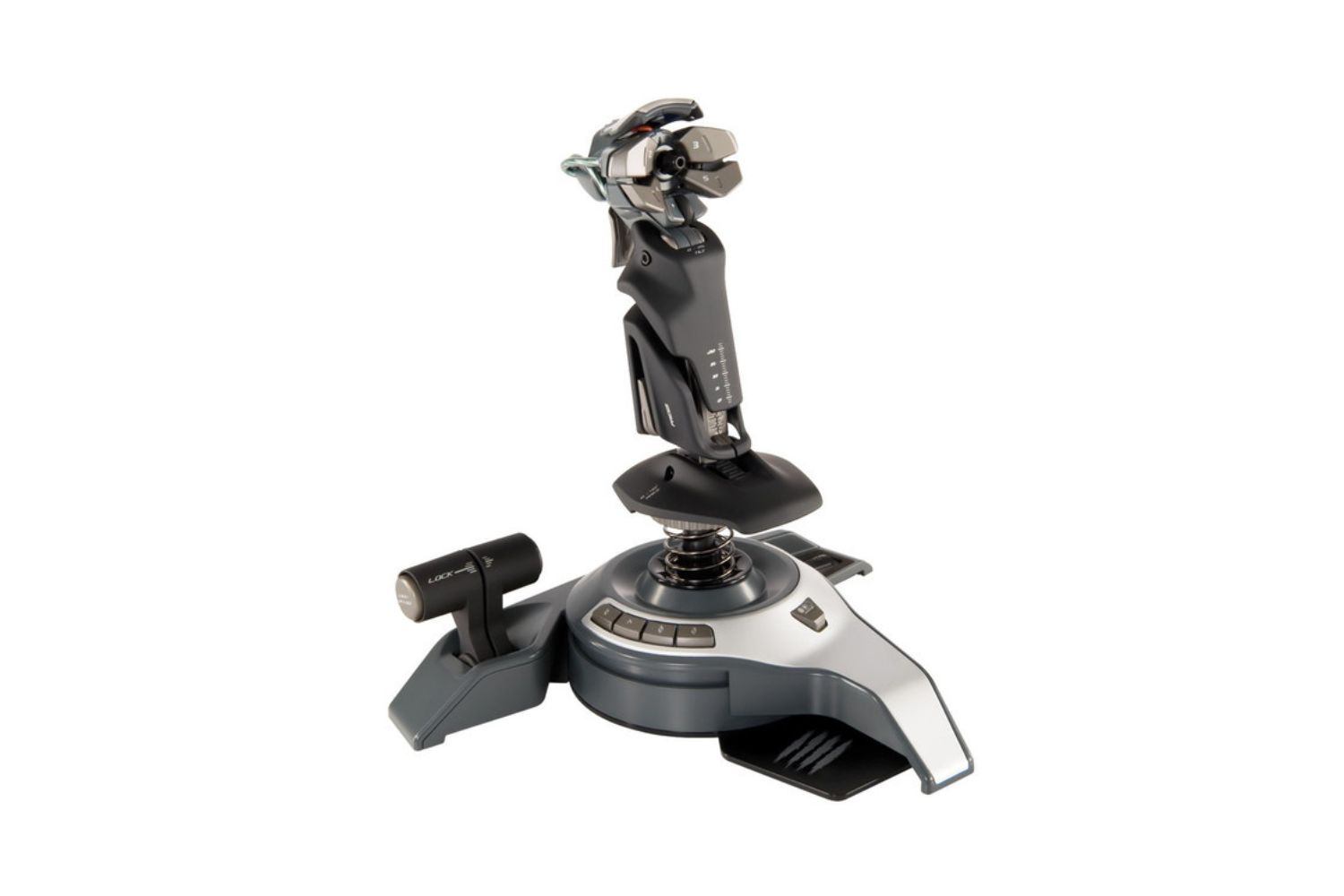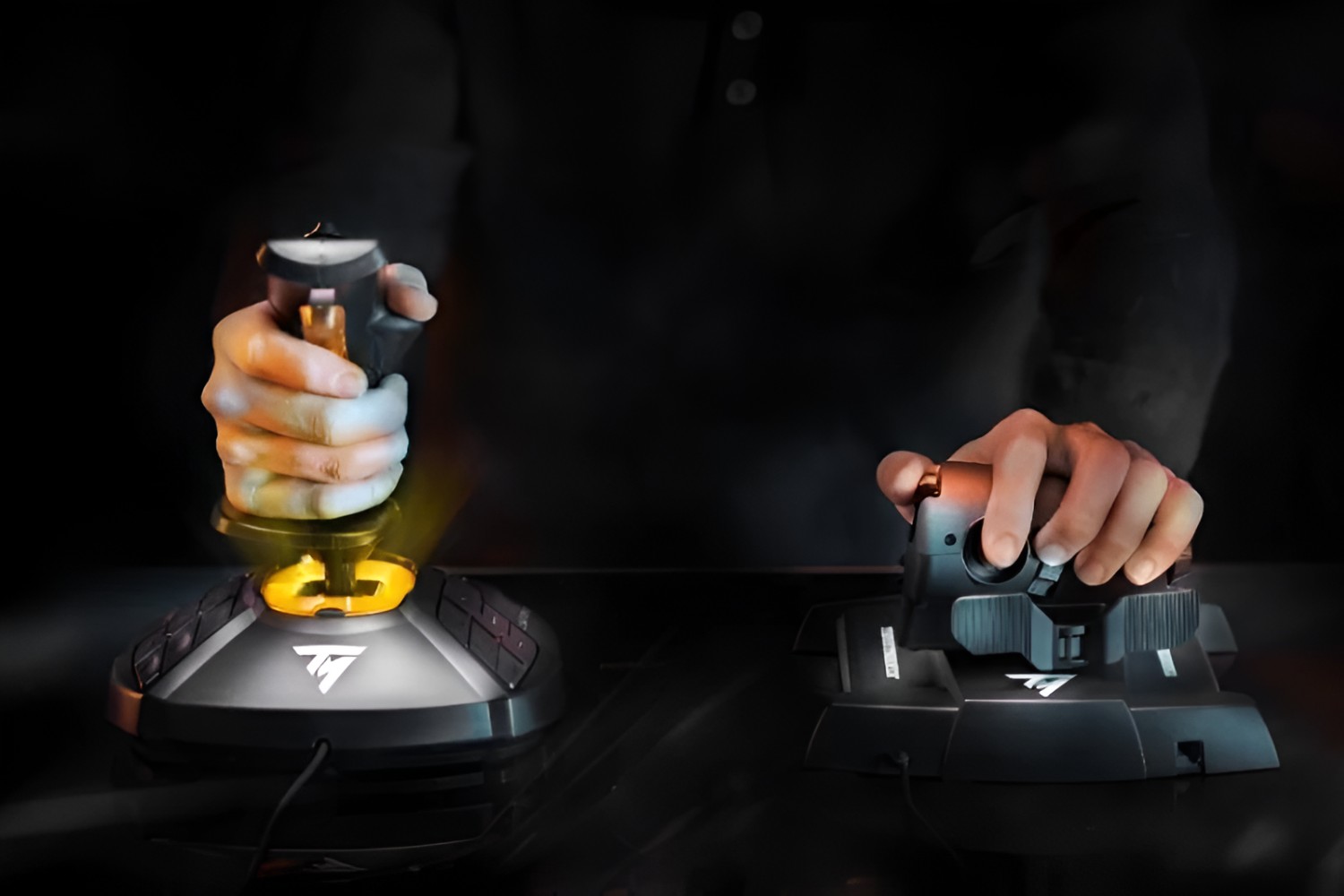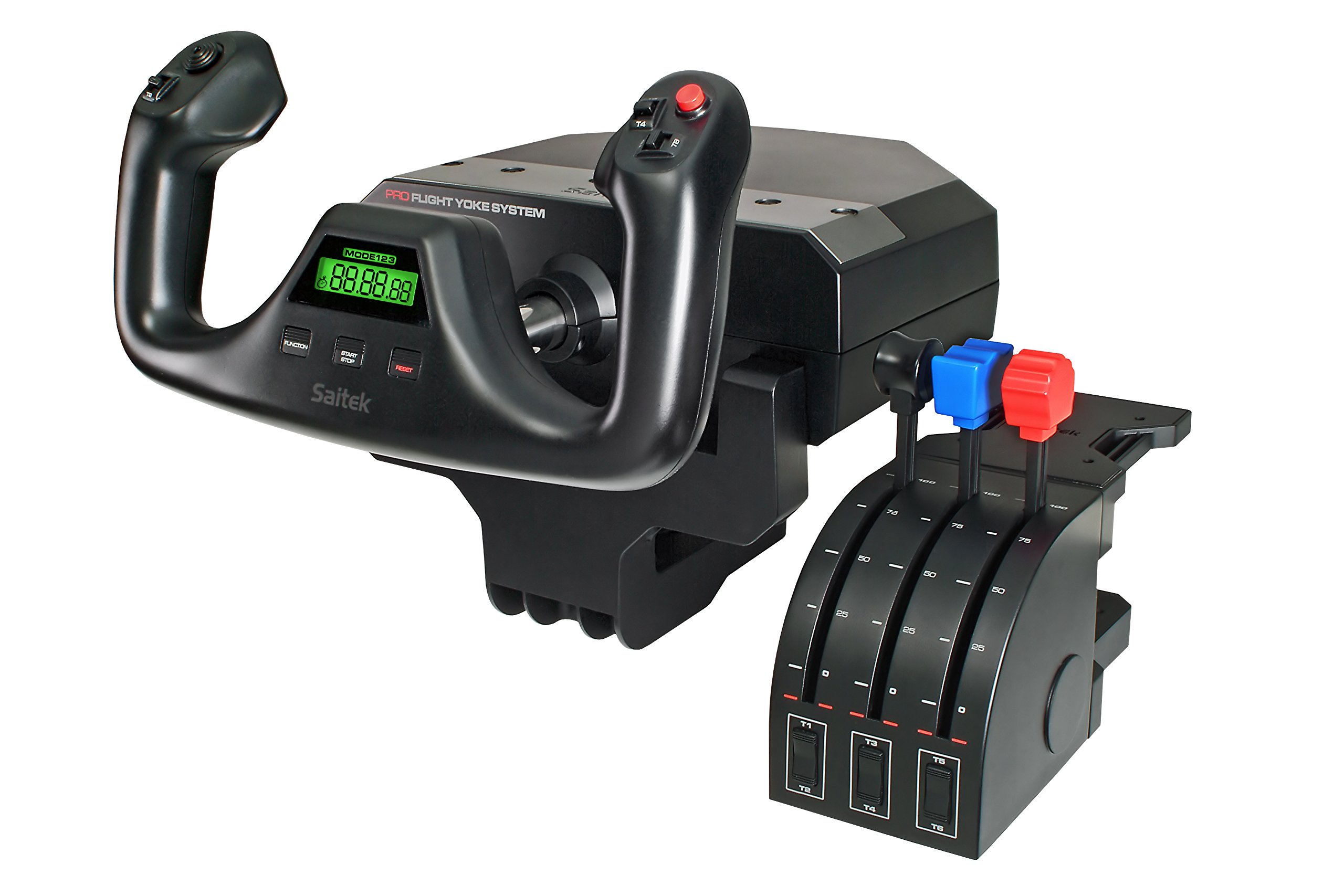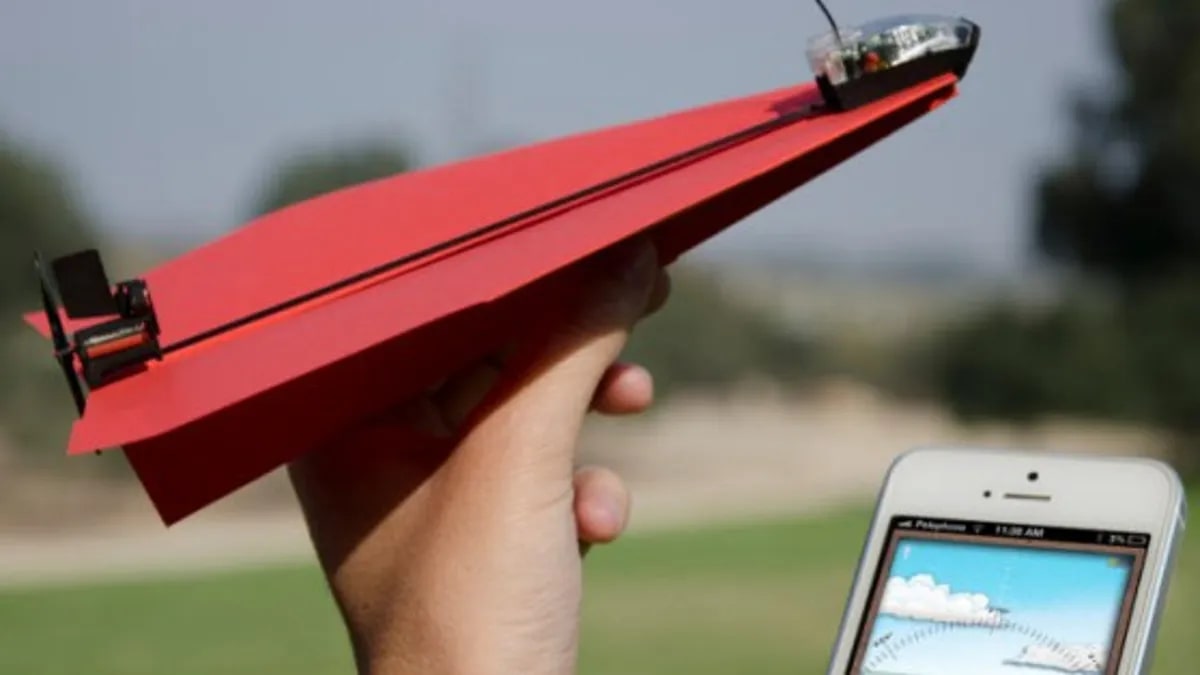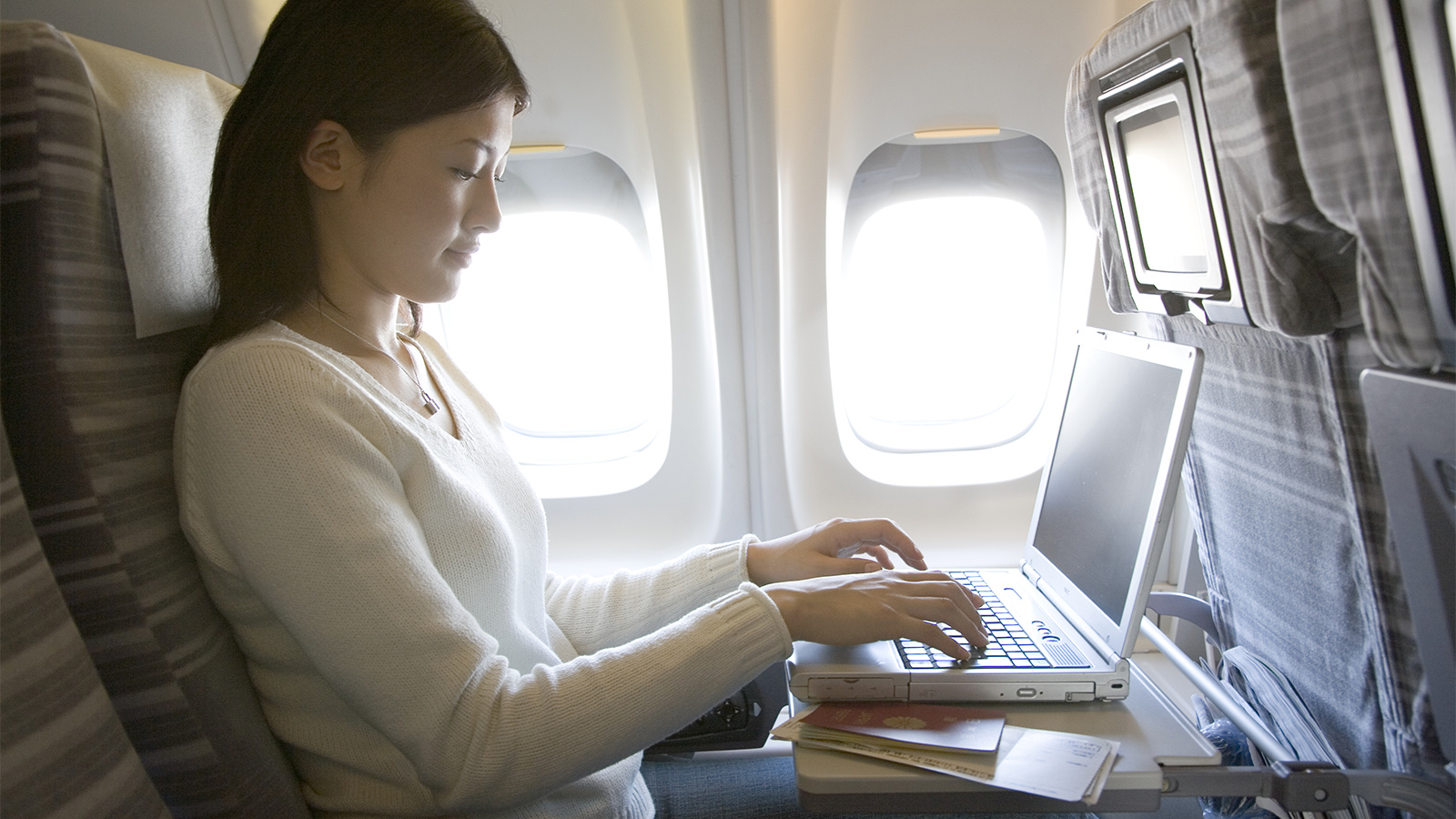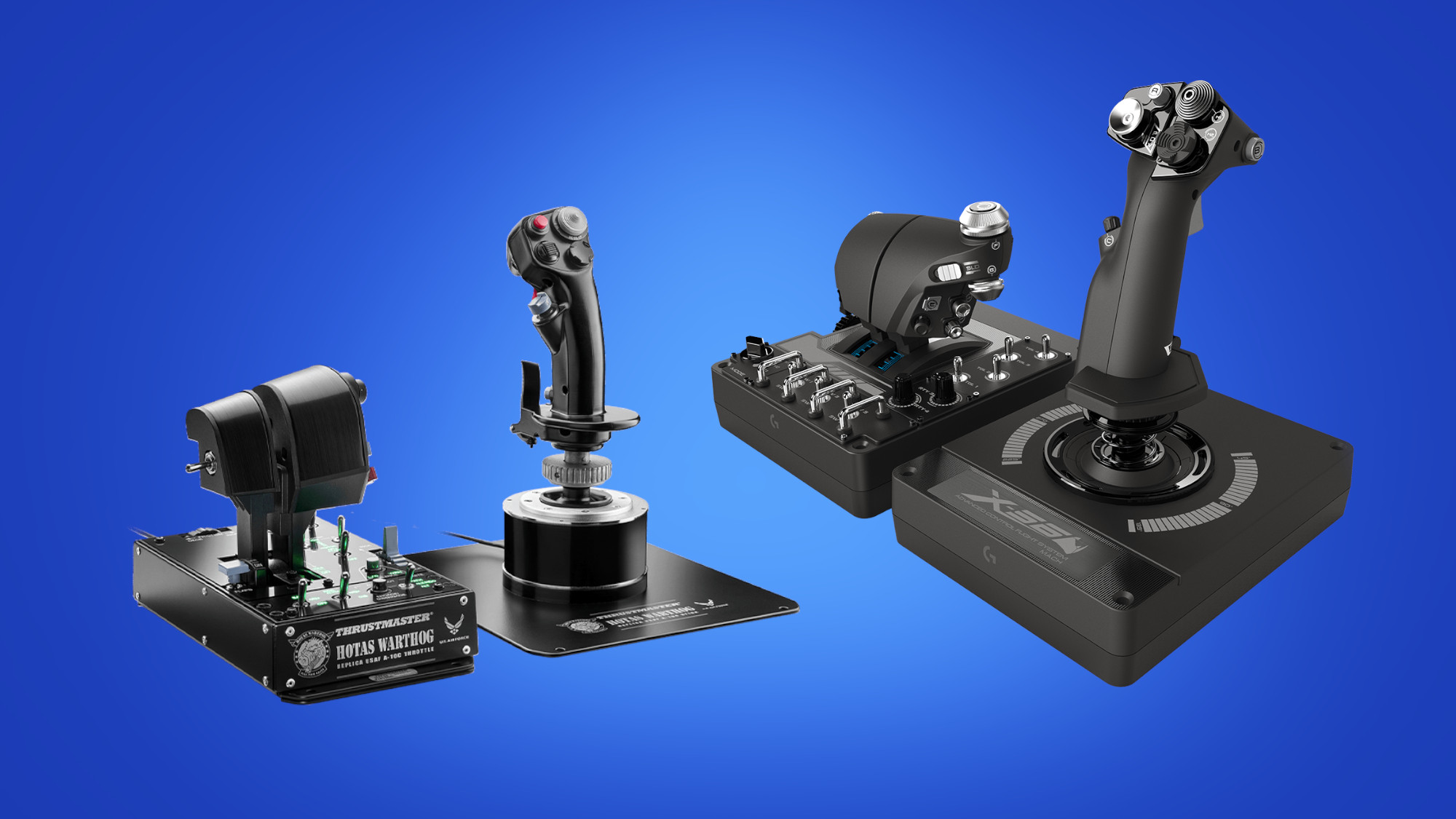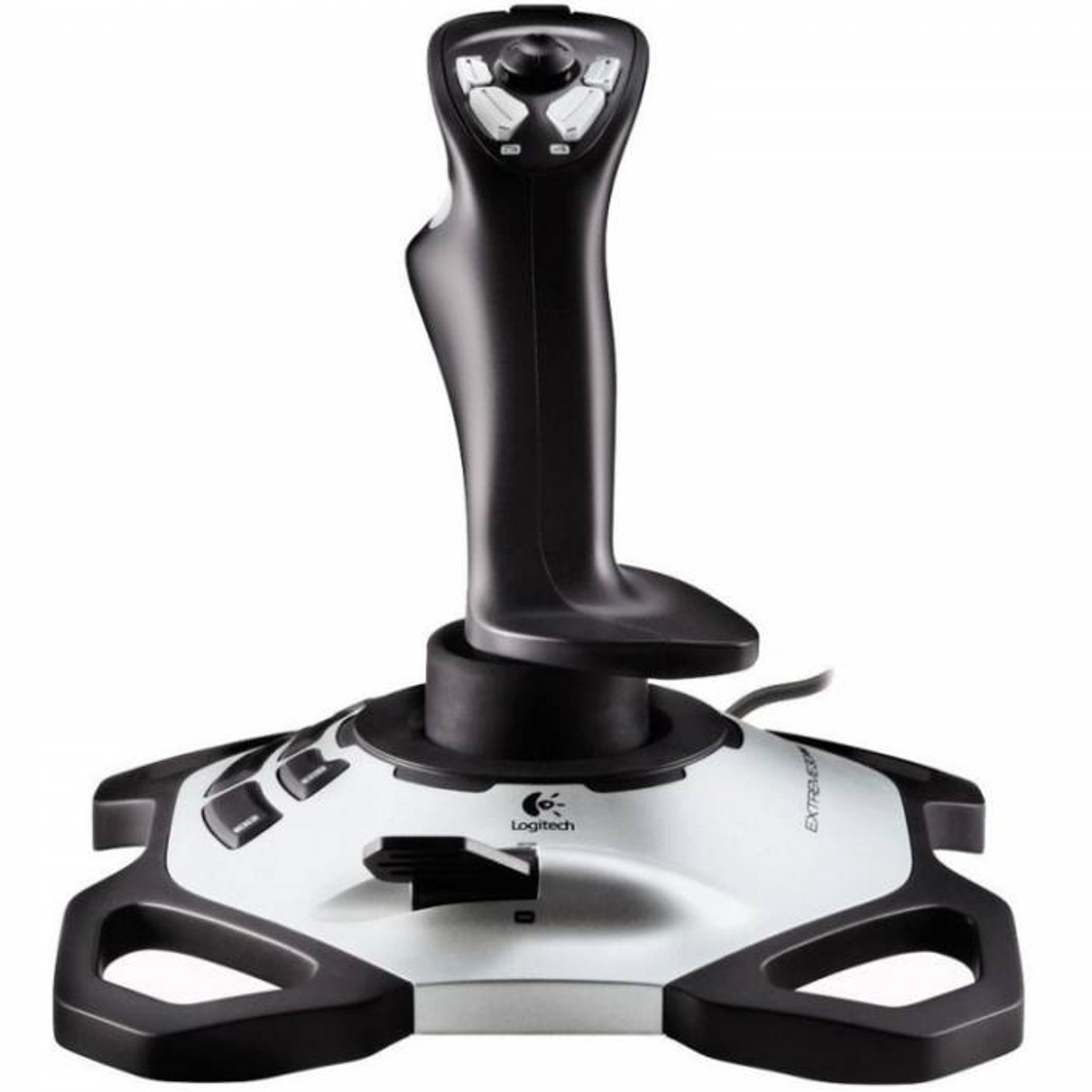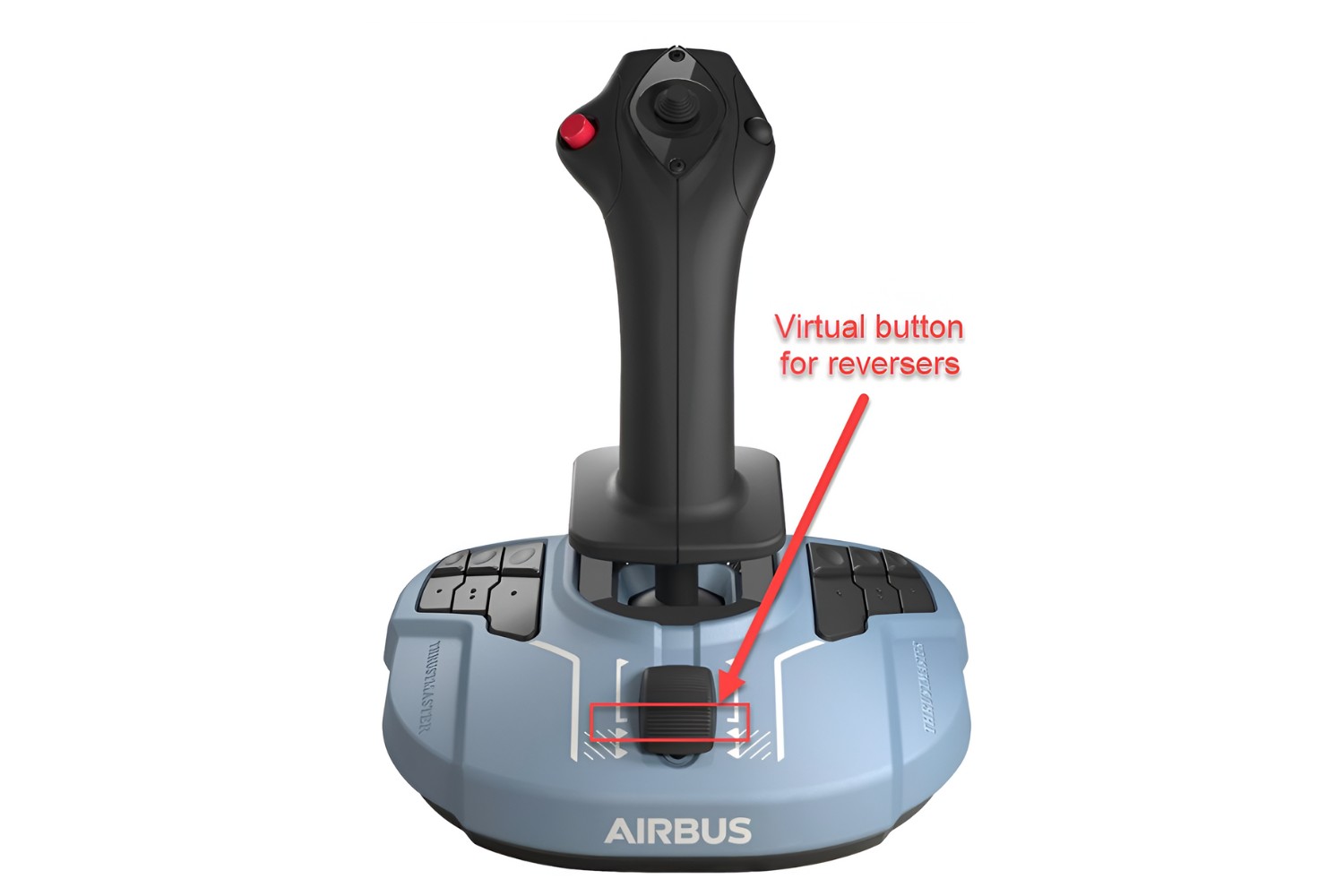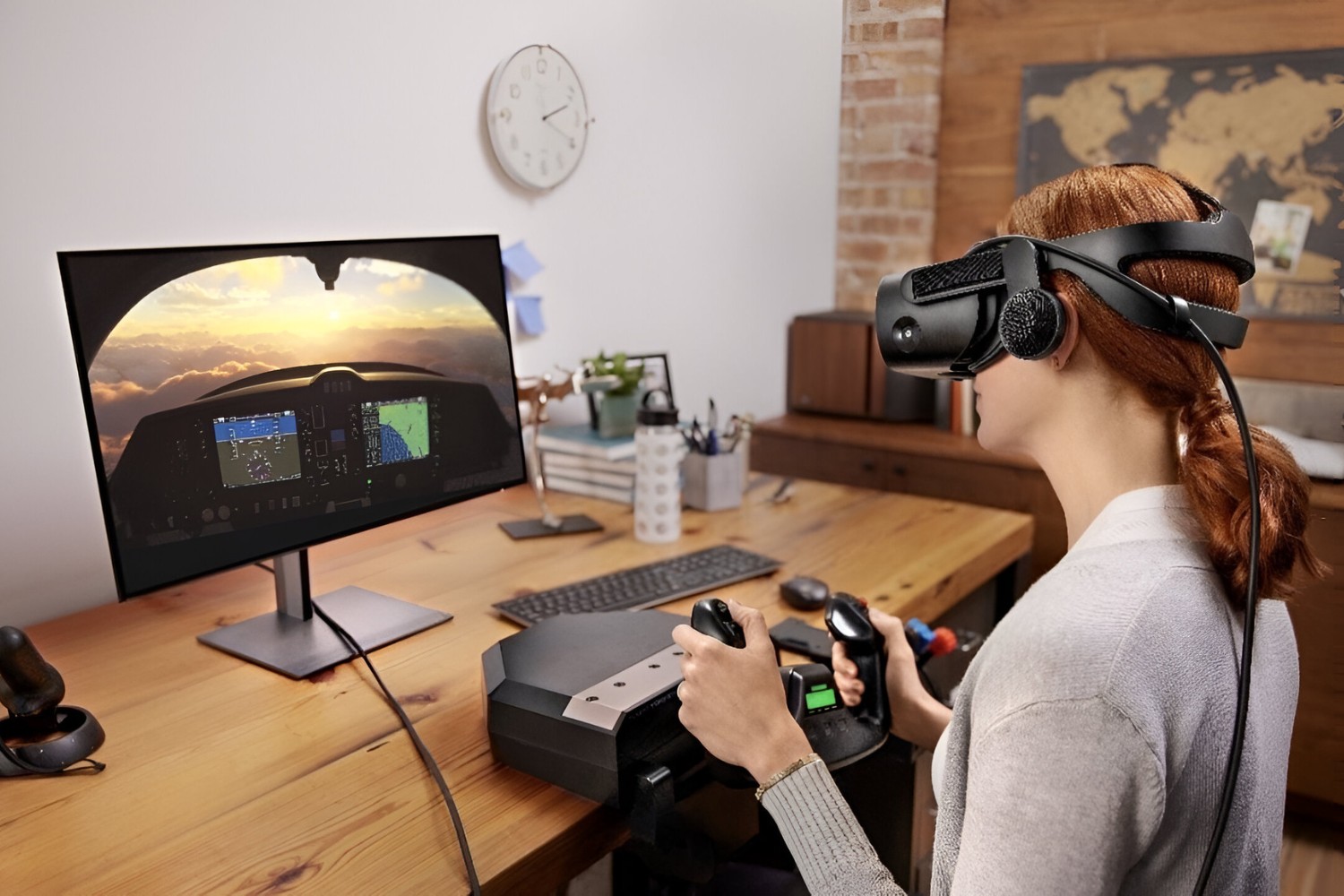Introduction
Introduction
Welcome to the exciting world of flight simulation! Whether you’re a seasoned virtual pilot or a newcomer to the skies, using a flight stick can significantly enhance your gaming experience. In this guide, we will explore the ins and outs of using a flight stick for Simple Planes, a popular flight simulation game that offers an immersive and realistic flying experience.
With a flight stick, you can take full control of your aircraft, making precise maneuvers and experiencing the thrill of flying in a way that a standard controller simply can’t replicate. The tactile feedback and nuanced control inputs provided by a flight stick allow for a more immersive and engaging gameplay experience, making it an essential accessory for aviation enthusiasts.
Whether you’re looking to take off, perform aerobatic maneuvers, or engage in dogfights, a flight stick can provide a level of control and realism that elevates the entire gaming experience. In this guide, we’ll cover everything you need to know to get started with using a flight stick for Simple Planes, from choosing the right hardware to mastering advanced flight techniques.
Choosing the Right Flight Stick
When it comes to selecting the perfect flight stick for your Simple Planes adventures, several factors come into play. The right flight stick can significantly impact your gaming experience, so it’s essential to consider your preferences and requirements before making a decision.
Here are some key considerations to keep in mind when choosing a flight stick:
- Compatibility: Ensure that the flight stick is compatible with your gaming platform, whether it’s PC, console, or both. Check for compatibility with Simple Planes and any other flight simulation games you may want to play.
- Features: Consider the features that matter most to you. Do you prefer a stick with a wide range of customizable buttons and switches, or are you looking for a more streamlined and minimalist design?
- Accuracy and Precision: Look for a flight stick that offers precise control and accurate input recognition. Smooth and responsive movement is crucial for executing complex maneuvers in Simple Planes.
- Build Quality: Durability and ergonomics are vital. A well-built flight stick that feels comfortable in your hands can enhance your gaming sessions and withstand the rigors of intense flying.
- Price: Set a budget that aligns with your expectations and the features you desire. There’s a wide range of options available, from budget-friendly sticks to high-end, feature-rich models.
It’s also beneficial to read reviews and seek recommendations from fellow flight simulation enthusiasts to gain insights into the performance and suitability of different flight sticks. Additionally, consider visiting a store to physically test the ergonomics and feel of the sticks before making a purchase.
By carefully evaluating these factors, you can make an informed decision and choose a flight stick that complements your flying style and enhances your overall gaming experience in Simple Planes.
Setting Up Your Flight Stick
Once you’ve selected the ideal flight stick for your Simple Planes adventures, it’s time to set it up for seamless integration with the game. Proper configuration and calibration are essential to ensure that your flight stick operates optimally, providing you with precise control over your aircraft.
Here’s a step-by-step guide to setting up your flight stick:
- Driver Installation: If your flight stick requires specific drivers, ensure that they are installed on your computer or gaming console. These drivers enable the device to communicate effectively with your system and provide access to additional customization options.
- Game Configuration: Access the input settings within Simple Planes to map the controls to your flight stick. Most modern flight sticks are plug-and-play, and the game should automatically recognize the device. However, you may need to adjust button mappings and sensitivity settings to suit your preferences.
- Calibration: Many flight sticks offer calibration options to fine-tune the sensitivity and dead zones of the controls. Follow the manufacturer’s instructions to calibrate the stick for optimal responsiveness.
- Button Assignments: Customize the button assignments on your flight stick to align with the in-game functions you use most frequently. This personalization can streamline your gameplay and make it more intuitive.
- Test and Adjust: After configuring the settings, test the flight stick in Simple Planes to ensure that all controls function as intended. Make any necessary adjustments to sensitivity, dead zones, or button mappings based on your experience during test flights.
It’s important to note that some flight sticks come with software that allows for extensive customization, including the creation of profiles for different games and flying scenarios. Take advantage of these features to tailor the flight stick to your exact specifications.
By following these setup procedures, you can ensure that your flight stick is finely tuned to deliver a responsive and immersive flying experience in Simple Planes.
Basic Controls and Functions
Mastering the basic controls and functions of your flight stick is essential for navigating the skies of Simple Planes with confidence and precision. Understanding how to maneuver your aircraft and execute fundamental actions is the foundation for immersive and enjoyable flight simulation experiences.
Here are the primary controls and functions you’ll encounter when using a flight stick in Simple Planes:
- Pitch and Roll: The flight stick’s primary axis controls the pitch and roll of your aircraft. Pulling back on the stick will pitch the nose of the plane up, while pushing forward will pitch it down. Similarly, moving the stick left or right will roll the aircraft in the corresponding direction.
- Yaw Control: Some flight sticks feature a twist axis that allows for yaw control. This enables you to steer the aircraft along its vertical axis, facilitating smoother turns and directional adjustments.
- Throttle Control: The throttle lever or slider on the flight stick regulates the engine power of your aircraft. Pushing the throttle forward increases speed, while pulling it back reduces thrust. Mastering throttle management is crucial for achieving optimal performance during takeoffs, landings, and in-flight maneuvers.
- Button Functions: Flight sticks are equipped with various buttons and switches that can be assigned to specific in-game functions, such as deploying landing gear, activating weapons systems, or toggling cockpit views. Familiarize yourself with these button assignments to streamline your gameplay experience.
- Trim Controls: Some flight sticks feature trim controls that allow for fine adjustments to the aircraft’s stability and control surfaces. Proper trim settings can enhance the stability and handling characteristics of your aircraft, especially during extended flights.
It’s essential to practice using these controls in combination to execute smooth takeoffs, perform aerial maneuvers, and maintain control of your aircraft in various flight conditions. Familiarizing yourself with the nuances of your flight stick’s responsiveness and the in-game aircraft’s handling will contribute to a more immersive and rewarding flying experience.
By mastering these basic controls and functions, you’ll be well-equipped to embark on thrilling aerial adventures and tackle the challenges that await you in the virtual skies of Simple Planes.
Advanced Tips and Tricks
As you become more proficient with your flight stick in Simple Planes, incorporating advanced techniques and strategies can elevate your piloting skills and unlock new possibilities for immersive gameplay. Whether you’re aiming for precision landings, engaging in aerial acrobatics, or honing your combat maneuvers, mastering these advanced tips and tricks will set you apart as a skilled virtual aviator.
Here are some valuable insights to enhance your flying prowess:
- Practice Regularly: Dedicate time to regular practice sessions to refine your control inputs and familiarize yourself with the nuances of your flight stick’s responsiveness. Consistent practice is key to mastering complex maneuvers and achieving greater precision in your flying.
- Flight Dynamics Understanding: Delve into the intricacies of aircraft flight dynamics, including concepts such as stall speeds, aerodynamic forces, and coordinated flight. Understanding these principles will enable you to fly more realistically and make informed decisions during challenging flight scenarios.
- Customize Control Profiles: Take advantage of your flight stick’s customization options to create multiple control profiles tailored to different aircraft types or mission objectives. Fine-tuning sensitivity settings and button mappings for specific scenarios can enhance your control over diverse aircraft models.
- Utilize Rudder Pedals: Consider adding rudder pedals to your flight simulation setup for enhanced control over yaw movements. Rudder pedals provide a more immersive and realistic flying experience, allowing for precise coordination of turns and directional adjustments.
- Study Flight Manuals and Guides: Explore the wealth of resources available, including aircraft manuals, flight training guides, and online tutorials that delve into the intricacies of real-world aviation. Translating this knowledge to your virtual flying endeavors can enrich your understanding of aviation principles and techniques.
By incorporating these advanced tips and tricks into your flying repertoire, you’ll expand your capabilities as a virtual pilot and experience the immersive world of flight simulation in a more profound and rewarding manner.
Conclusion
Embarking on the journey of using a flight stick for Simple Planes opens up a world of immersive and exhilarating aviation experiences. From selecting the right hardware to mastering advanced flight techniques, integrating a flight stick into your gaming setup can elevate your virtual piloting adventures to new heights.
By carefully considering the factors that influence the choice of a flight stick, such as compatibility, features, accuracy, and build quality, you can procure a device that aligns perfectly with your gaming preferences and enhances your overall flight simulation experience. The process of setting up and calibrating your flight stick ensures that it operates optimally, providing precise control and responsiveness during your virtual flights.
Mastering the basic controls and functions of your flight stick is fundamental to navigating the virtual skies with confidence and finesse. Understanding the nuances of pitch, roll, yaw, and throttle control empowers you to execute smooth takeoffs, perform aerial maneuvers, and maintain control of your aircraft in diverse flight conditions.
As you progress in your virtual aviation journey, incorporating advanced tips and tricks, such as regular practice, flight dynamics understanding, control profile customization, and the use of rudder pedals, can enhance your piloting skills and deepen your immersion in the world of flight simulation.
Ultimately, the use of a flight stick for Simple Planes enriches the gaming experience, providing a level of control and realism that transcends traditional input methods. Whether you’re soaring through the skies in a sleek fighter jet or piloting a commercial airliner, the tactile feedback and nuanced control inputs offered by a flight stick bring a heightened sense of authenticity and excitement to your virtual flying adventures.
So, fasten your seatbelt, adjust your flight stick, and prepare for an exhilarating journey through the virtual skies of Simple Planes. With the right equipment and a passion for aviation, the possibilities are endless, and the thrill of flight awaits at your fingertips.







